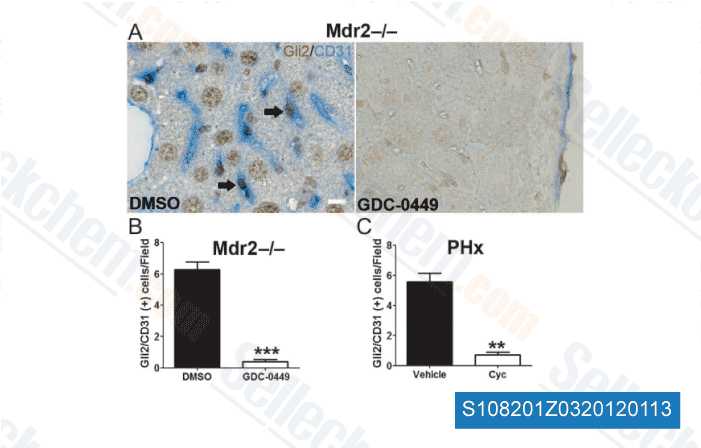Im portantly rapamycin did not alter the VEGFR 3 mRNA degree. Yet another critical observation from this review was that rapamycin drastically elevated the degree of soluble VEGFR 2 in serum samples in SCID mice implanted with HNSCC. We also observed a rapamycin induced upregulation in the degree of soluble VEGFR two in serum samples of nude mice with FaDu HNSCC xenograft tu mors. Recently, a soluble type of VEGFR two that is certainly produced by substitute splicing has become identified as an endogenous selective inhibitor of lymphatic vessel development. Inside a latest examine by Silver et al sVEGFR two expres sion was observed to get inversely correlated with lymphatic vessel density in head and neck malignant tumors. Inter estingly sVEGFR two was not expressed in lymphatic ves sels, but its expression was exact to the endothelial cells in blood vessels in each malignant tissue at the same time as adjacent ordinary tissues.
On top of that it was demon strated that gene treatment using a splicing variant esVEGFR 2 that produces soluble VEGFR two drastically suppresses tumor growth and lymph node metastasis inside a mouse mammary cancer model. Because soluble VEGFR two binds VEGF C it might com petitively inhibit VEGF C induced activation selleckchem of professional lymphangiogenic and angiogenic signaling. sVEGFR two release could kinase inhibitor amn-107 be applied as being a prospective biomarker of anti lymphangiogenic and angiogenic responsiveness in clin ical trials of mTOR inhibitors and warrants even more investigation. Conclusions Our results show that mTOR inhibitors potently inhibit lymphatic proliferation by interfering with ex pression of VEGFR three, an critical lymphatic development fac tor receptor important for LEC development and survival. On top of that, our information suggest that mTOR inhibitors can suppress autocrine and paracrine growth stimulation of tumor and lymphatic endothelial cells by impairing VEGF C VEGFR three axis and release of soluble VEGFR two.
In an orthotopic murine model of HNSCC rapamycin appreciably suppressed lymphovascular invasion, de creased the incidence of cervical lymph node metastasis and delayed the spread of metastatic tumor cells inside of the lymph nodes. Our findings for that reason propose that mTOR inhibitors can effectively handle lymphatogeneous metastasis,  the main predictor of poor survival in HNSCC. Regardless of advances in treatment method options, there have already been no vital improvements in five yr survival charges of head and neck squamous cell carcinoma pa tients during the previous 4 decades. Even though the one 12 months survival price is 81%, the five year survival price remains at 45% for all stages of oral cancer. Metastasis to regional lymph nodes takes place in thirty 40% of HNSCC cases, and is as sociated with poor prognosis and very low survival.
the main predictor of poor survival in HNSCC. Regardless of advances in treatment method options, there have already been no vital improvements in five yr survival charges of head and neck squamous cell carcinoma pa tients during the previous 4 decades. Even though the one 12 months survival price is 81%, the five year survival price remains at 45% for all stages of oral cancer. Metastasis to regional lymph nodes takes place in thirty 40% of HNSCC cases, and is as sociated with poor prognosis and very low survival.
Peptide Solubility
The former are water-soluble and act on the surface of target cells via second messengers.
